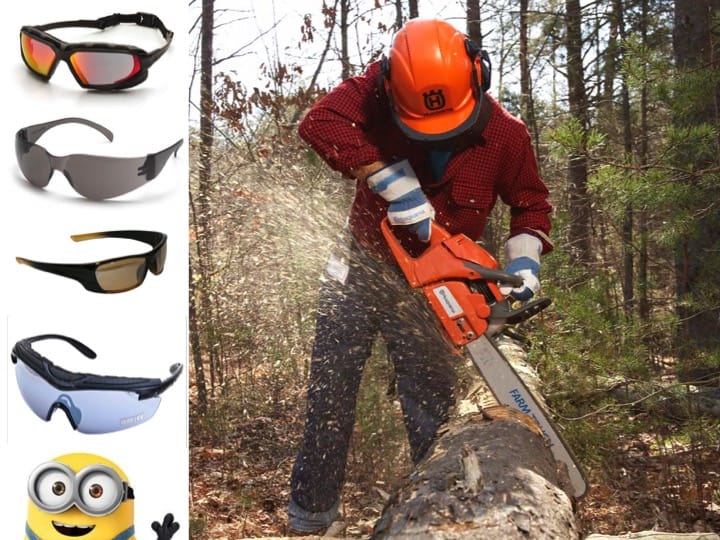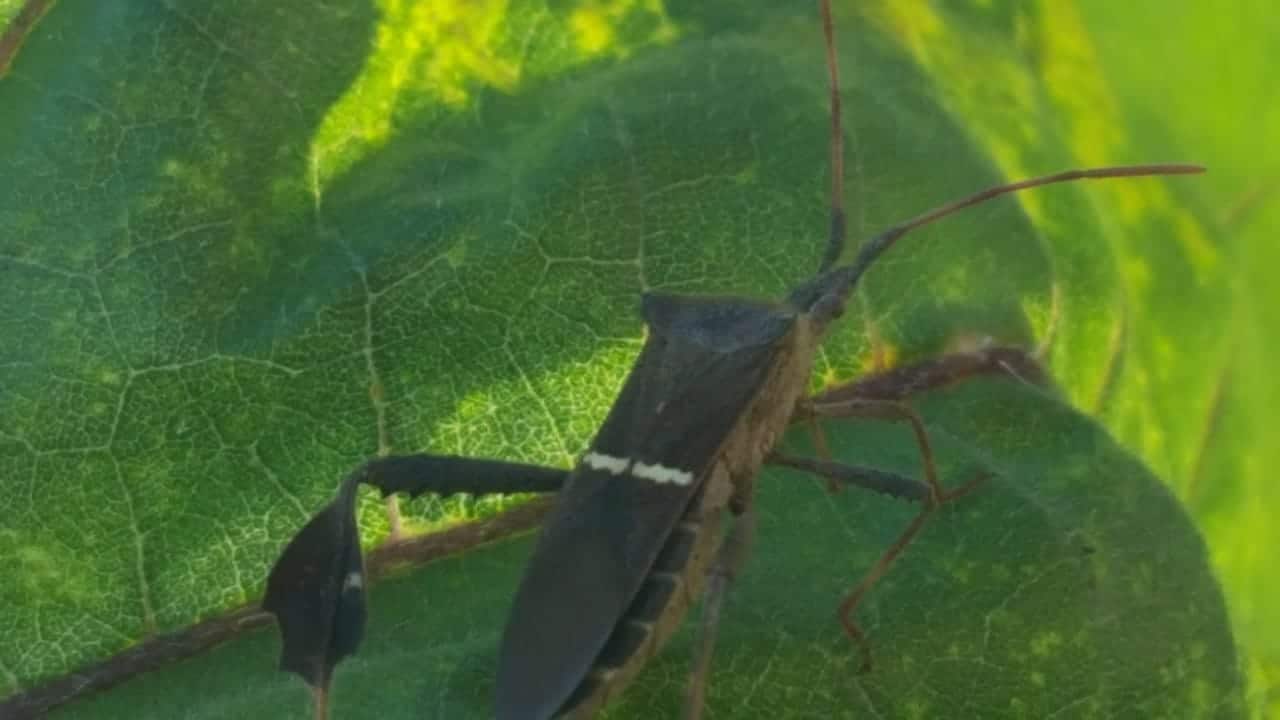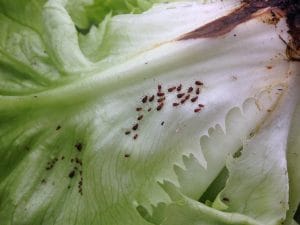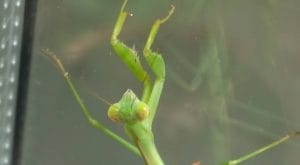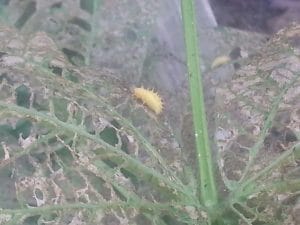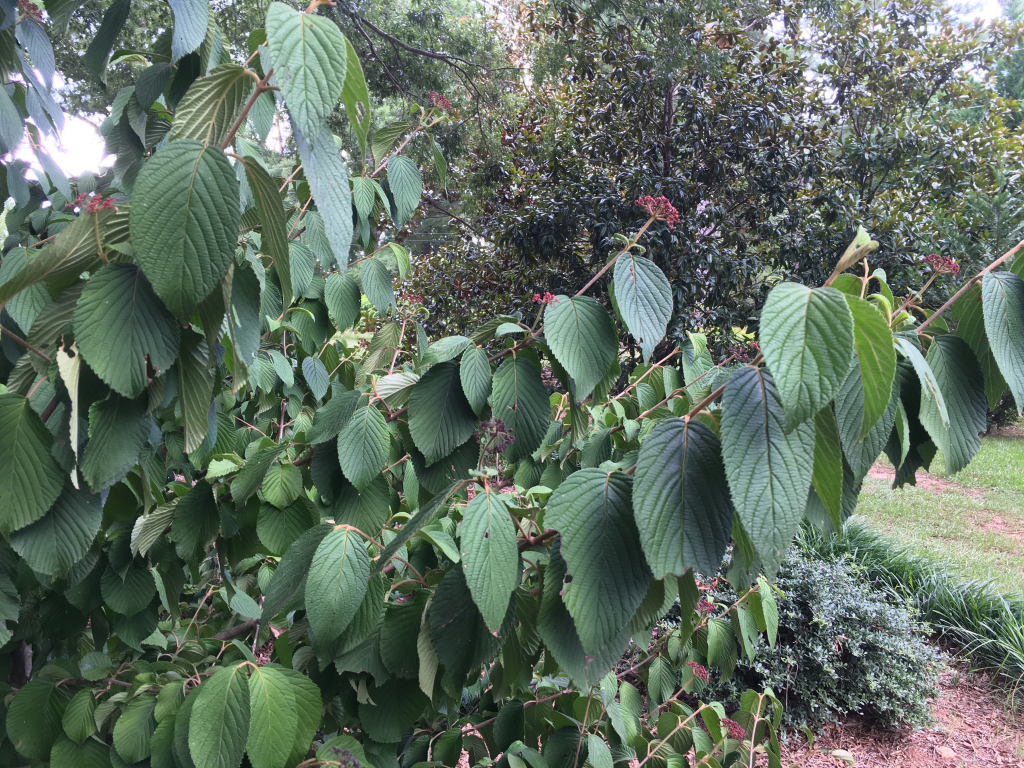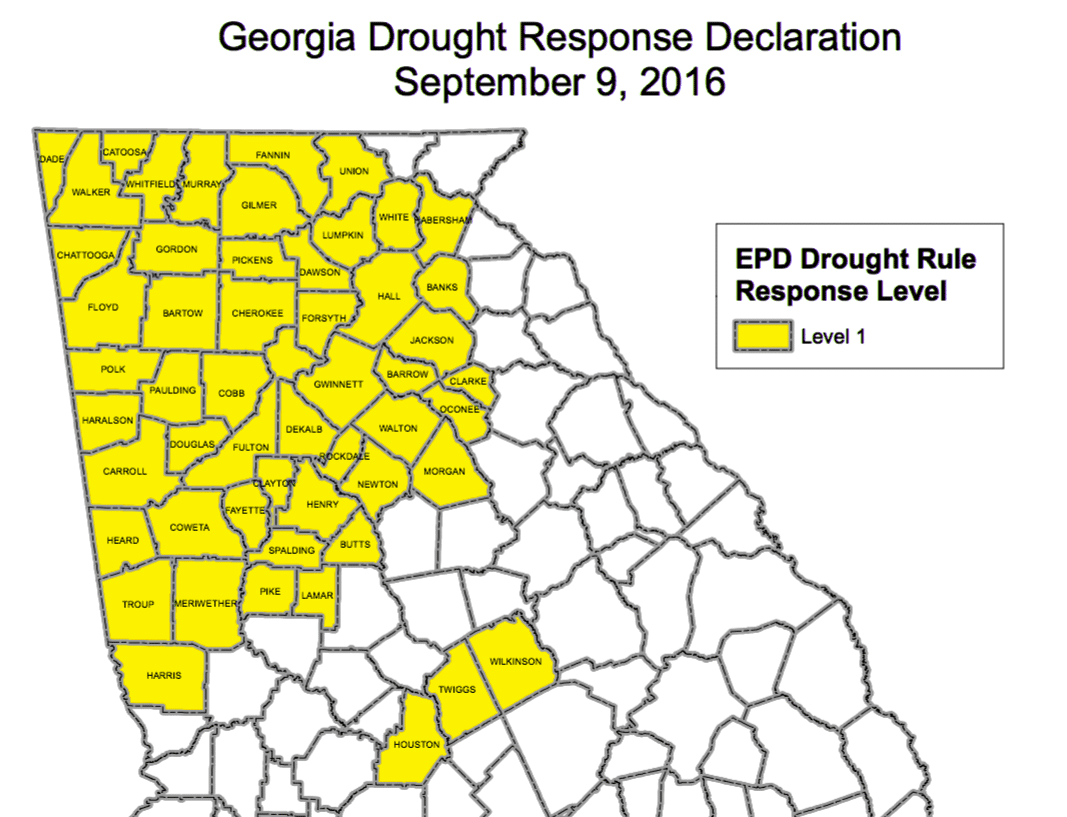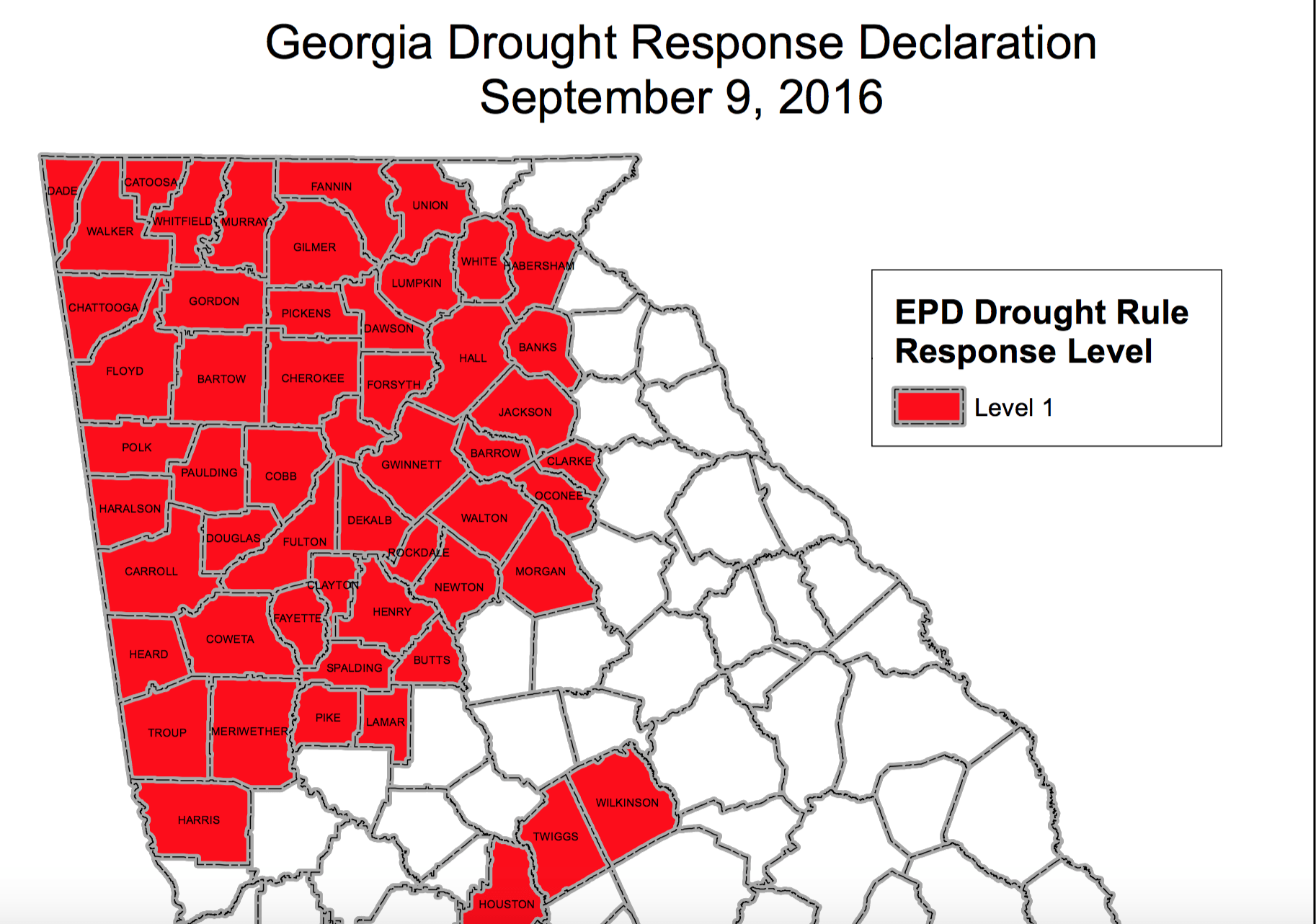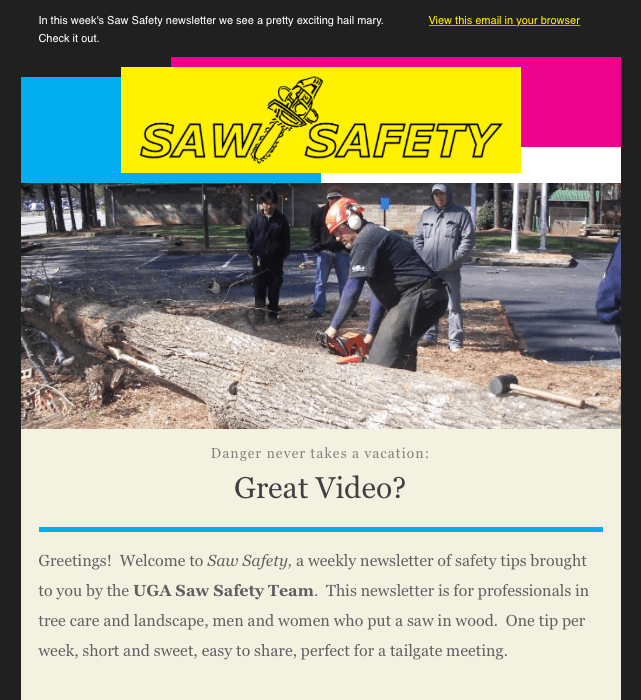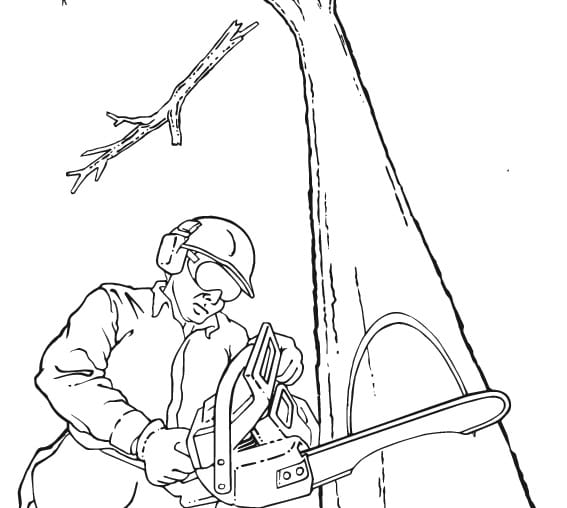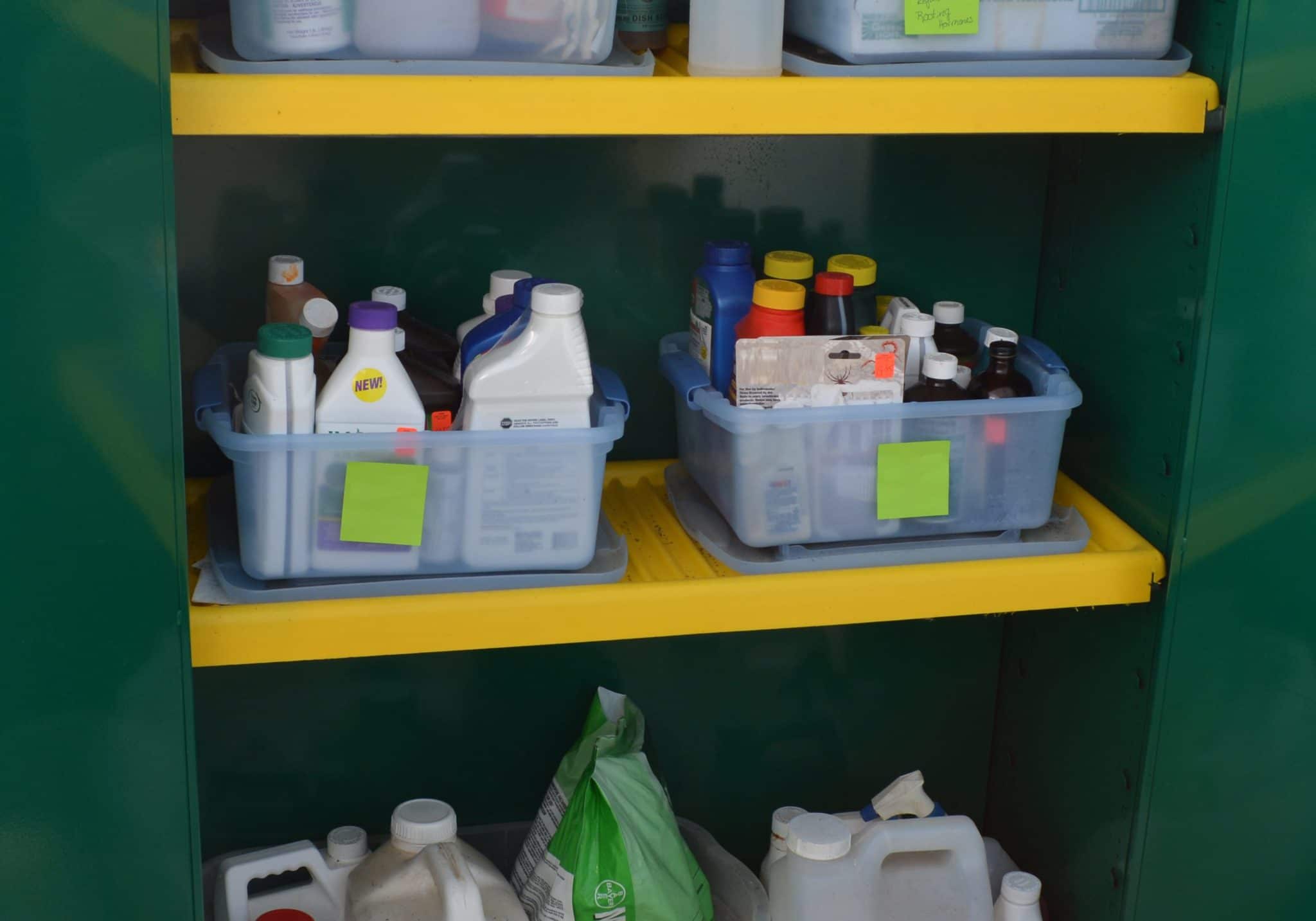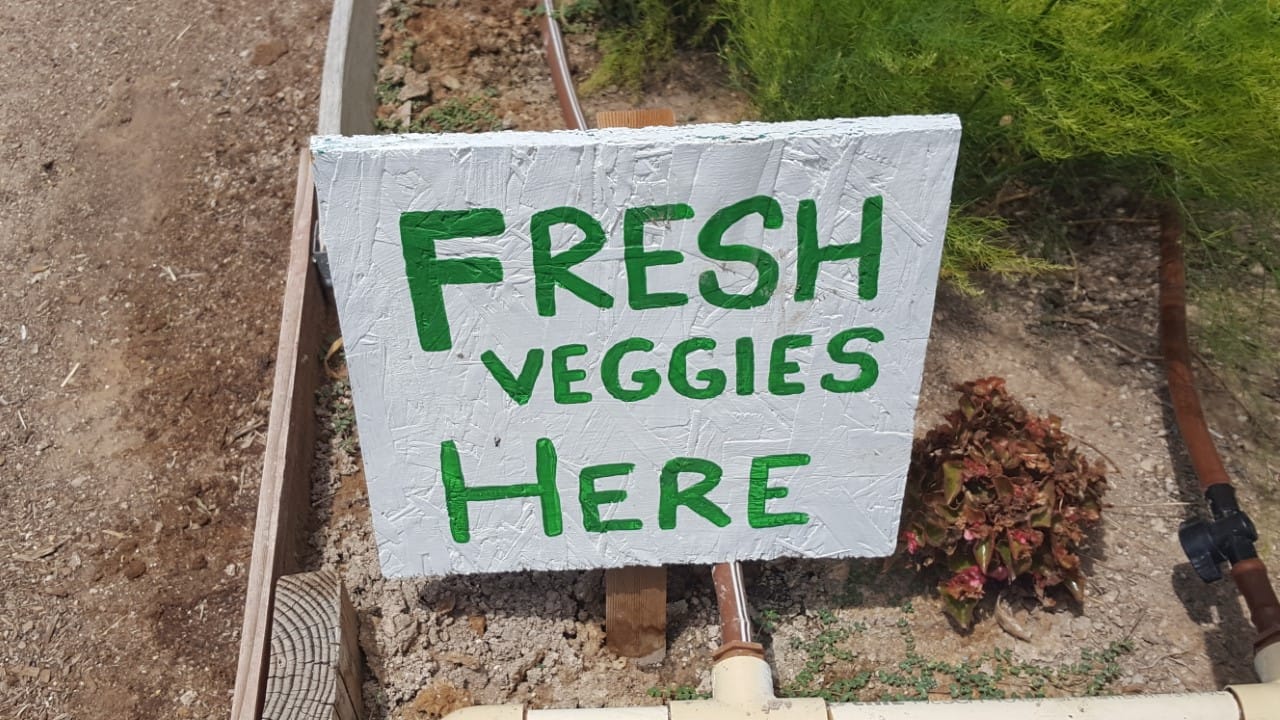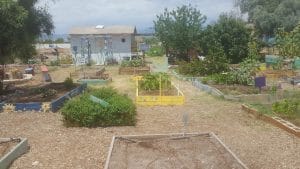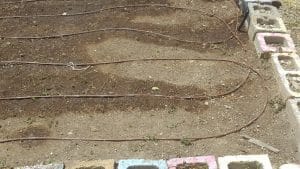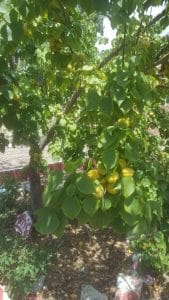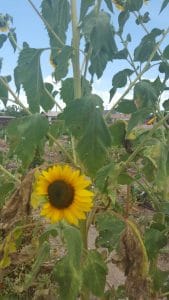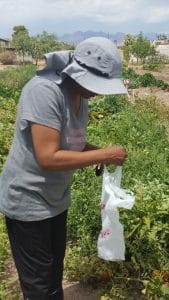This week we are excited to have award winning pastry chef Gracie Atsma joining us to discuss one of my favorite topics – peanuts! It is peanut harvesting time all across Georgia.
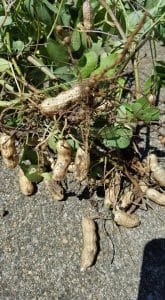
Many school and community gardeners are also pulling up peanuts. What to do with the harvest? Chef Atsma shares a possibility with us!
Gracie’s Peanut Brittle
- Sugar: 4 1/2 cups
- Corn syrup: 2 1/4 (ish) cups
- Water: 1 1/2 cups
- Raw peanuts: 4 1/2 cups
- Butter: 3 tablespoons
- Vanilla Extract: 2 tsp
- Salt: 1 tsp
- Baking soda: 2 tsp
- Dark Chocolate: a bit (optional)
Start with mixing together and dissolving the sugar, corn syrup, and water in a large saucepan over heat. Bring to a boil and keep a candy thermometer handy to make sure the mixture reaches 250ºF (121ºC). Be careful here; don’t get burned.
Once that reaches temp, add the butter and Peanuts, and continue boiling until it reaches 312ºF (155ºC). Be sure to be stirring constantly otherwise the bottom will burn!
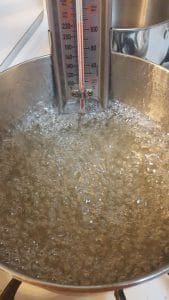
Once it reaches 312ºF, remove from heat and keep stirring as you carefully add the Vanilla, salt, and baking soda. It will foam up a bit, so add slowly.
Have a nonstick pan ready and pour the hot mixture over it as soon as the last three ingredients are combined. Use a greased metal spatula to spread it out evenly, quickly though because it’ll get hard fast!
There you go! Once it hardens you can break it up into edible brittle pieces. Personally, while its cooling, I like to melt a bit of dark chocolate and pour it over top and put the whole thing in the fridge to cool. When it comes out you have a salty sweet treat just in time for fall!

You can find Pastry Chef Atsma at Ike and Jane in Athens, Georgia. Gracie started as a home cook and has always appreciated locally grown foods. As a teenager she had a garden of her own. She says “there is no down side for using locally grown, fresh food.”
Thanks Gracie!

